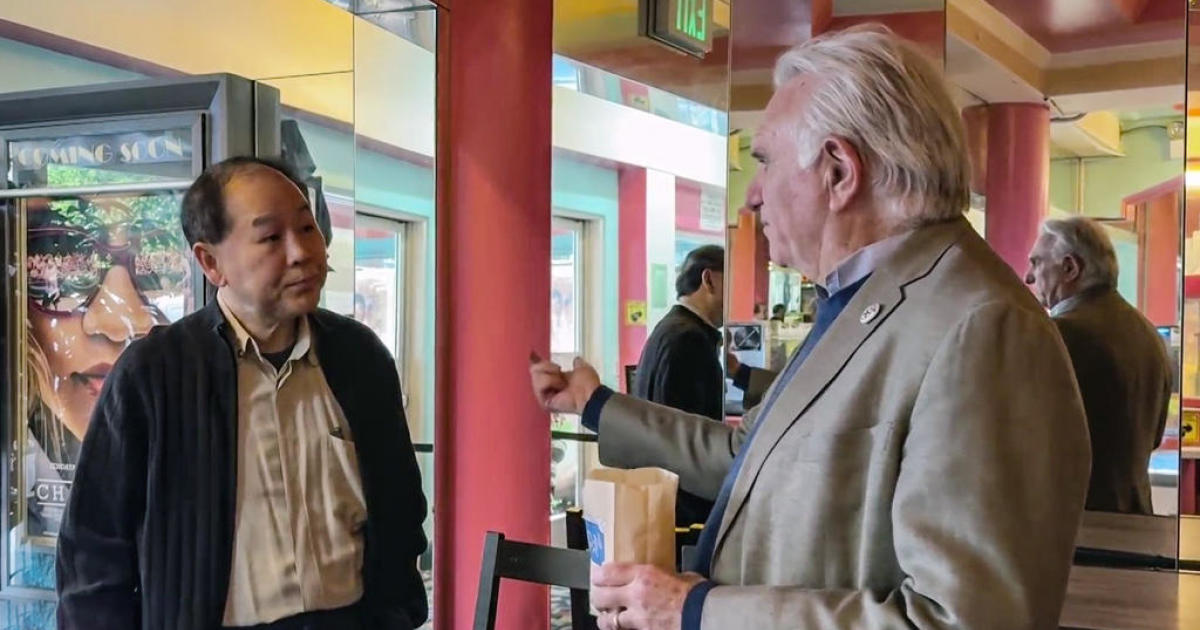Bay Area Physical Therapist Using 'Cupping' Therapy On Athletes In Rio Games
RIO DE JANIERO (KPIX 5) -- If you watched swimmer Michael Phelps win Olympic Gold Monday night, you might have wondered why he had deep purple dots all over his shoulders.
It's the short-term after-effect of a new approach to an old kind of therapy called cupping.
Traditional Chinese medicine cupping is well-known. It originated in ancient Egypt. But, this approach is different.
The technique is called Myofascial Decompression or MFD for short. It was developed and refined by physical therapist and University of California, San Francisco Assistant Clinical Professor Chris DaPrato, first in Colorado, and then at UC Berkeley.
His technique is now being taught and studied at the Department of Physical Therapy and Rehabilitative Science at UCSF. In April, DaPrato taught his MFD to Olympic trainers and physical therapists who were heading to Rio.
"This is provided mostly by the physical therapists and athletic trainers, mainly in the Olympic Village," said DaPrato. But he added, you'll see the tell-tale purple dots mostly on the gymnasts and swimmers who can't hide them under their leotards or swimsuits.
The MFD technique used by DaPrato is used differently than the cupping therapy employed by Traditional Chinese medicine or TCM. They both use cups that are placed on the skin. But with MFD, he said, it's for a different purpose.
"They're not placed on acupuncture points," explained DaPrato. Not only that, the primary focus for his approach is not to unblock Qi or to improve blood flow for healing diseases.
DaPrato said his MFD technique is designed to increase connective tissue mobility via movement pattern reeducation. With training, pro athletes can develop scar tissue which can inhibit motion. His MFD technique breaks down that tissue.
While both MFD and TCM use similar devices to create a vacuum, using negative pressure, DaPrato's technique involves the athlete, who along with the rehab practitioner, is employing specific, active movements. The therapy involves neuromuscular re-education.
At UCSF, physical therapist Sian Smale gave it a try. "It was good. It just feels like quite a strong, intense stretch. But there is no pain during the movement," she said.
DaPrato's approach does not replace TCM which is complimentary to the sports medicine approach. But he explained that the technique is distinct and used for a different purpose and approach.



